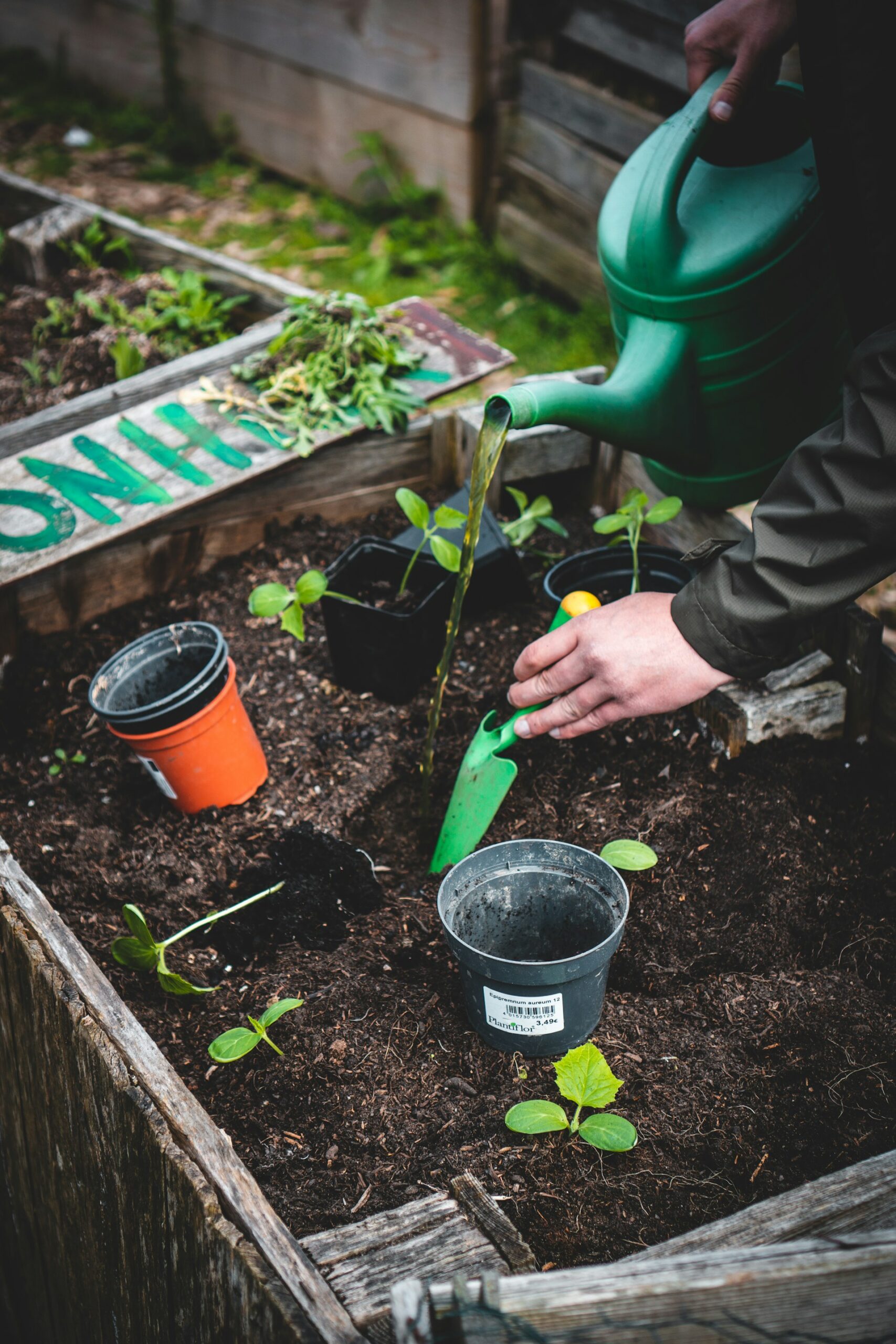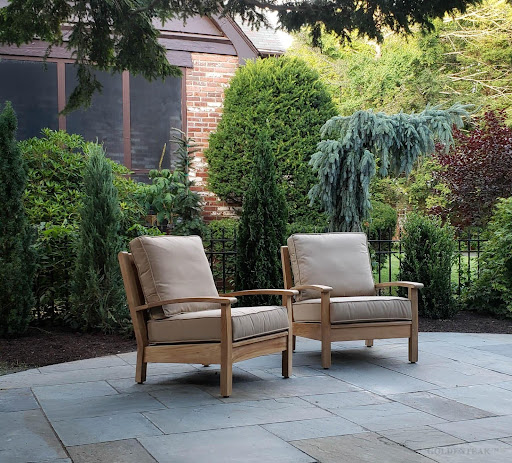Gardening in dry, desert-like regions can be tricky. The blazing sun, limited rainfall, and sandy soil might make you wonder if anything green can grow. But with a bit of know-how, you can create a thriving, low-maintenance garden that shines even in the harshest conditions.
Sustainable gardening isn’t just about saving water; it’s about building a resilient, beautiful space that works with the environment.
Here’s how you can create a water-wise garden that flourishes in even the driest parts of the U.S.
1. Soil Management and Mulching
In dry regions, the soil is often sandy and low in organic matter, making it hard to retain moisture and nutrients. Improving it can greatly enhance your garden’s success.
Give Your Soil a Boost with Compost
Mixing organic matter like compost into your soil can work wonders. Compost improves soil structure, helps retain moisture, and adds essential nutrients. For desert gardens, incorporating a 2-3 inch layer of compost into your planting beds each year can make a huge difference in plant health.
Mulch: The Gardener’s Best Friend
Mulching effectively keeps the soil cool, reduces evaporation, and prevents weeds from competing for water. A thick layer of mulch—about 2-4 inches—around your plants helps keep the moisture in and the sun out.
Organic mulches like wood chips, straw, or bark are particularly good because they break down slowly, adding even more nutrients to your soil over time. Just keep mulch a few inches away from plant stems to prevent rot.
2. Smart Irrigation Techniques for Water Conservation
In desert gardening, using water wisely is a must. Traditional watering methods often waste more water than they deliver to plants. By using smarter irrigation techniques, you can keep your garden healthy while cutting down on water use.
Invest in Drip Irrigation
Drip irrigation is one of the best ways to water your garden in arid conditions. Instead of spraying water everywhere, drip systems deliver it directly to the plant’s roots, where it’s needed most.
This can reduce your water use by up to 60% compared to regular sprinklers. Plus, because the water is applied slowly, it has time to soak into the soil rather than evaporate in the sun.
Water at the Right Time
Watering early in the morning or late in the evening helps reduce evaporation. Midday watering wastes water since much of it evaporates before it can reach the roots. Setting your watering schedule for dawn or dusk helps ensure that more water gets to your plants.
Capture and Reuse Water
Rain barrels and greywater systems can help you collect and reuse water, giving your garden an extra boost without increasing your water bill. For instance, just one inch of rain on a 1,000-square-foot roof can provide 600 gallons of water. That’s free, eco-friendly hydration for your plants!
3. Choosing Drought-Tolerant Plants and the Right Grass
When gardening in desert climates, plant selection can make all the difference. Opting for drought-tolerant plants and native species not only saves water but also adds variety and color to your garden.
Go Native and Save Water
Native plants are well-suited to your region’s climate and can thrive with minimal care. Plus, they help support local ecosystems by attracting pollinators like bees and butterflies. In the Southwestern U.S., for example, plants like desert marigold, red yucca, and sotol do well with little water, making them perfect choices for your garden.
Drought-Resistant Superstars
Succulents, cacti, and agave are great choices for hot, arid regions, such as Arizona and New Mexico. These plants store water in their leaves and stems, so they don’t need frequent watering. Once established, they practically take care of themselves, freeing up your time to enjoy your garden instead of working in it.
Picking the Right Grass for Dry Regions
If you’re in Texas or a similar climate area and want a grassy lawn, visit The Grass Store and choose a drought-tolerant variety. Bermuda and Zoysia grass are all excellent options that require less water and care. They stay green with minimal effort and can handle the heat. Just be sure to mow them at the right height to encourage deep root growth and improve their drought resistance.
4. Creating Microclimates for Better Growing Conditions
Creating microclimates in your garden can help protect your plants from the harshest conditions. A microclimate is a small area that has slightly different conditions than the rest of your garden, such as more shade or less wind.
Shade Structures and Windbreaks
Shade structures like pergolas or shade cloths can protect delicate plants from the intense afternoon sun. Planting taller shrubs or trees to create natural windbreaks also helps reduce moisture loss and shields more delicate plants from drying winds.
Strategic Plant Placement
Place heat-tolerant plants in the sunniest spots, and tuck more sensitive plants into cooler, shaded areas. Using large rocks or gravel can help create thermal mass, which radiates warmth at night, helping to even out temperature swings.
5. Low-Maintenance Landscaping with Hardscapes and Xeriscaping
Xeriscaping is all about creating a beautiful landscape with plants that don’t need a lot of water. It’s a great way to reduce maintenance and conserve resources in dry regions.
Hardscaping for Functionality and Style
Incorporating hardscape elements like gravel pathways, stone patios, and rock gardens not only adds visual interest but also reduces the need for water-thirsty plants. You can create a lush, inviting space by clustering drought-tolerant plants in key areas, surrounded by the beauty of hardscapes.
Design for Water Efficiency
When planning your garden, group plants with similar water needs together. This way, you can water more efficiently and avoid overwatering. Creating “hydrozones” where plants with high water needs are kept together and drought-tolerant species are in another area makes irrigation much easier and more sustainable.
Final Words
Gardening in arid, desert-like regions might seem like an uphill battle, but with the right approach, it can be a truly rewarding experience. By selecting the right plants, mastering water-efficient techniques, and embracing the beauty of xeriscaping, you can transform even the harshest landscape into a vibrant, sustainable haven. Imagine a garden that withstands the heat and also thrives in it—bursting with life, color, and character.












